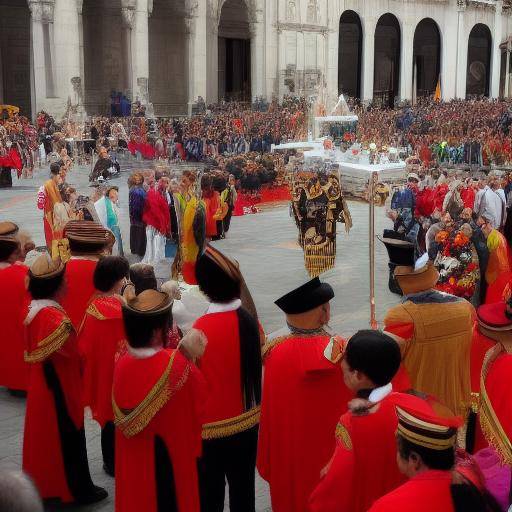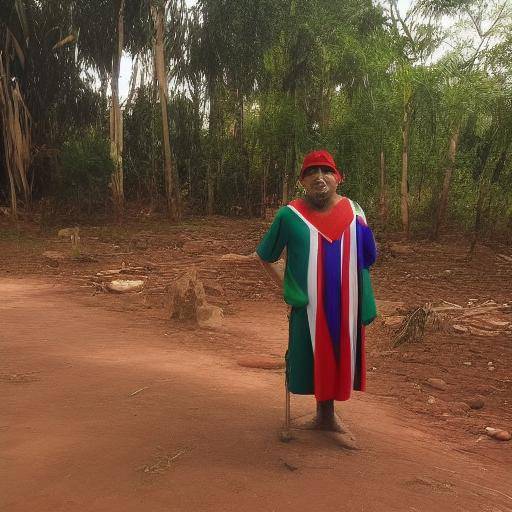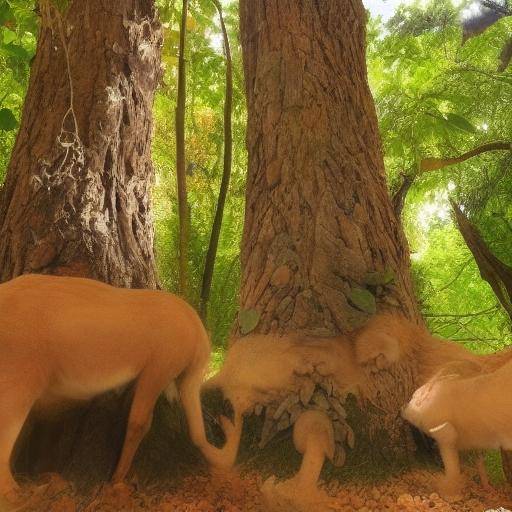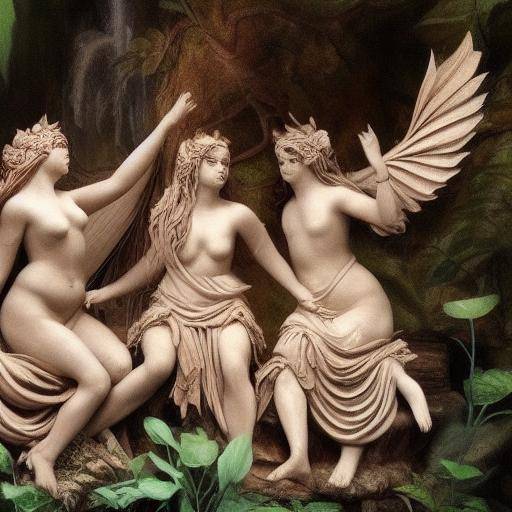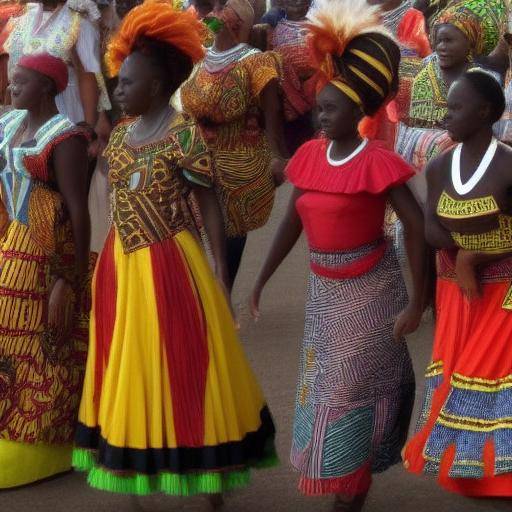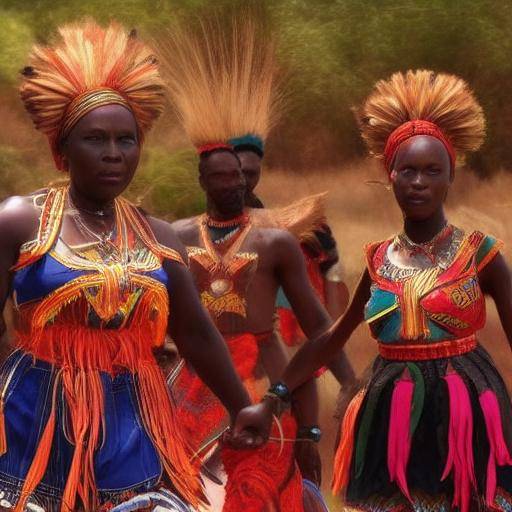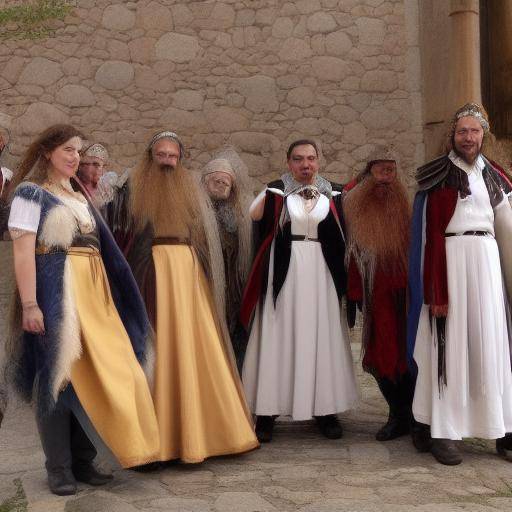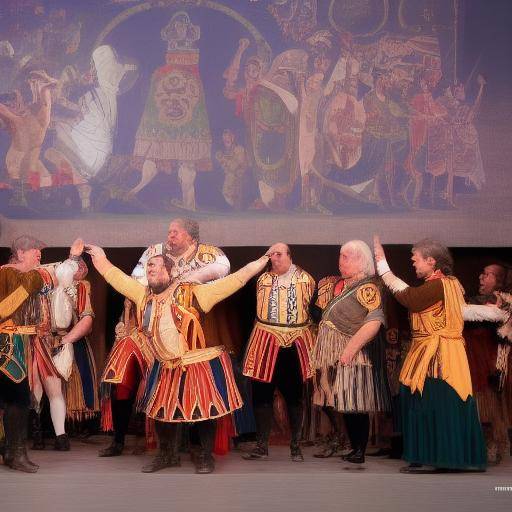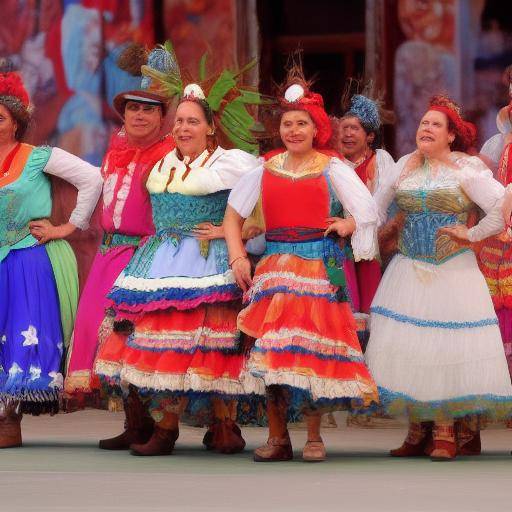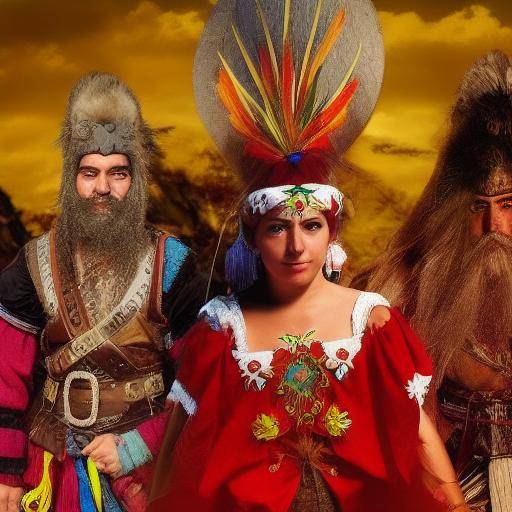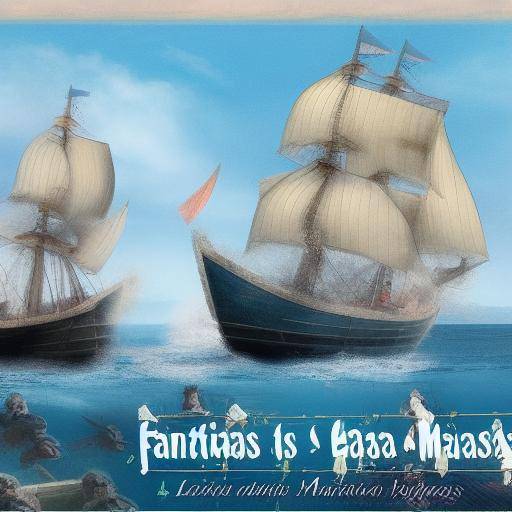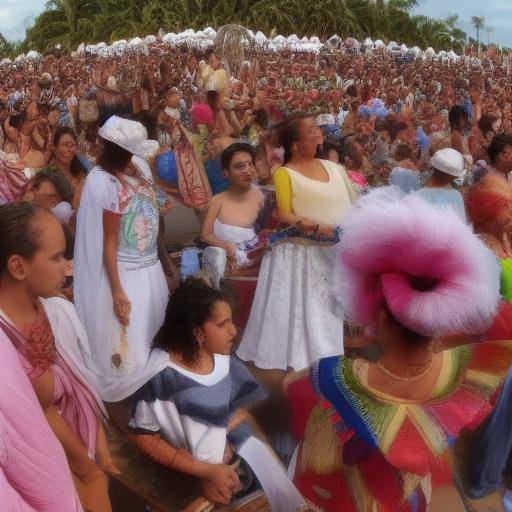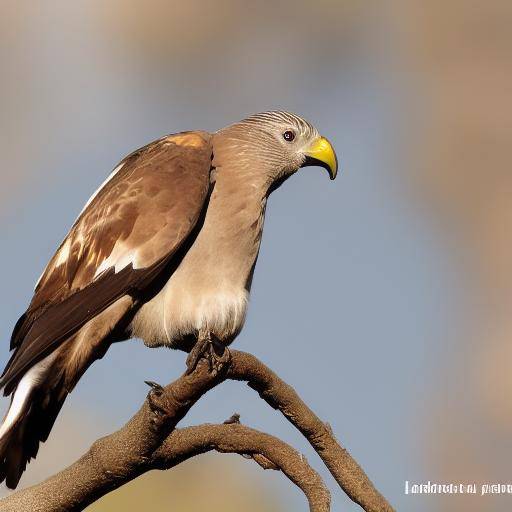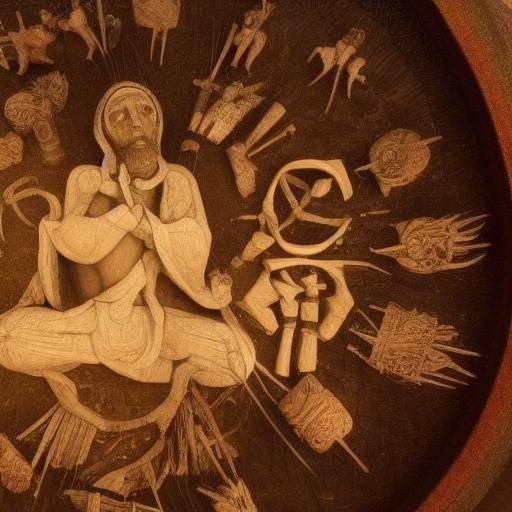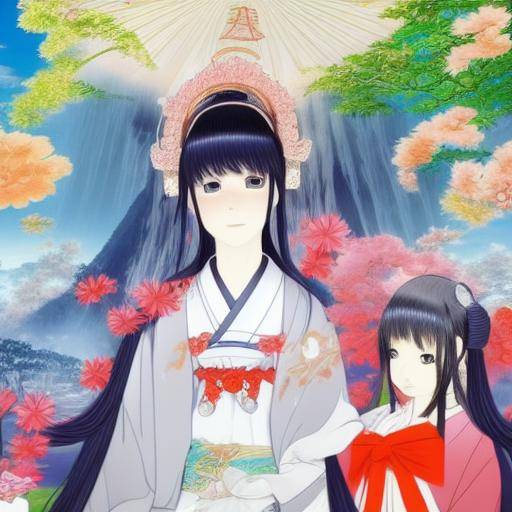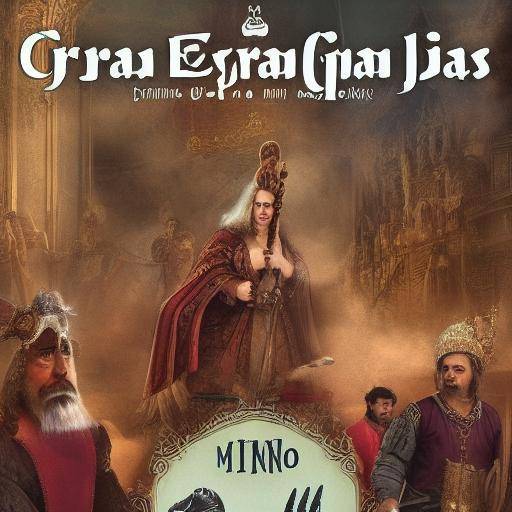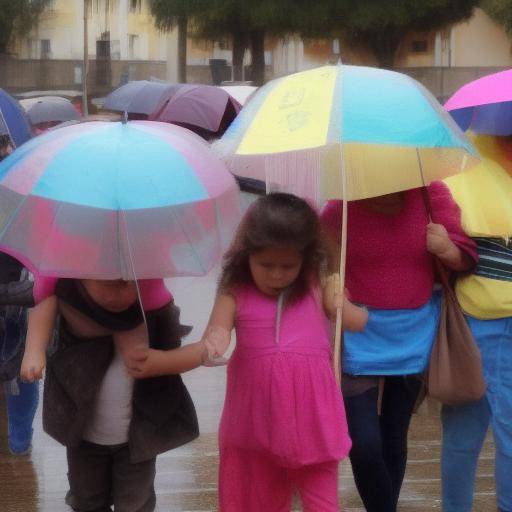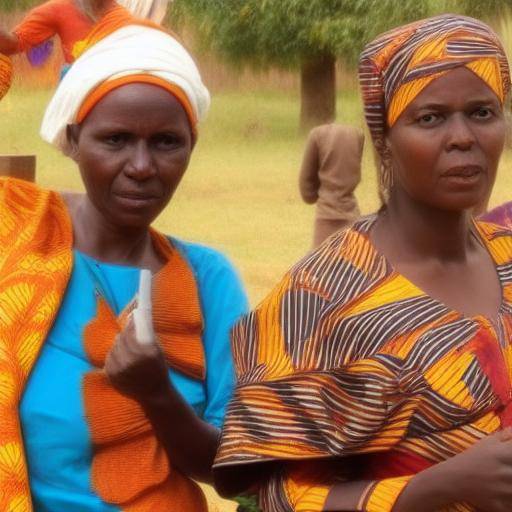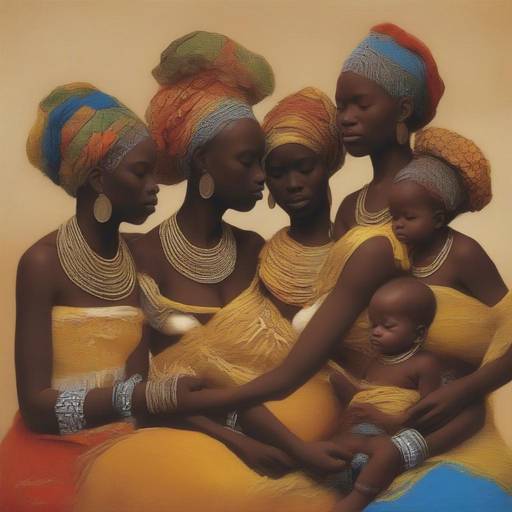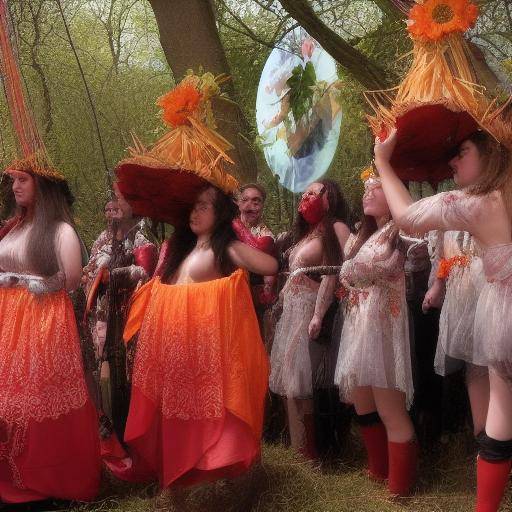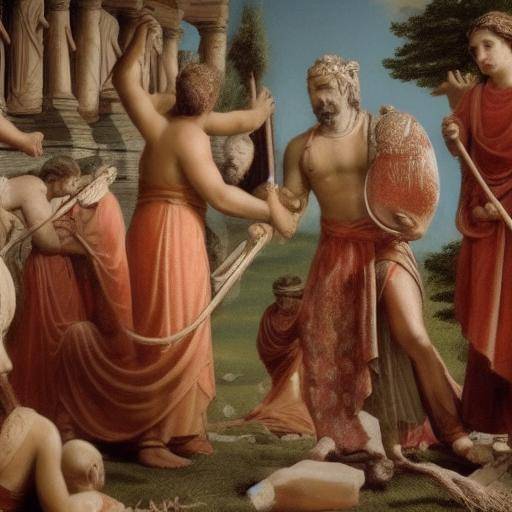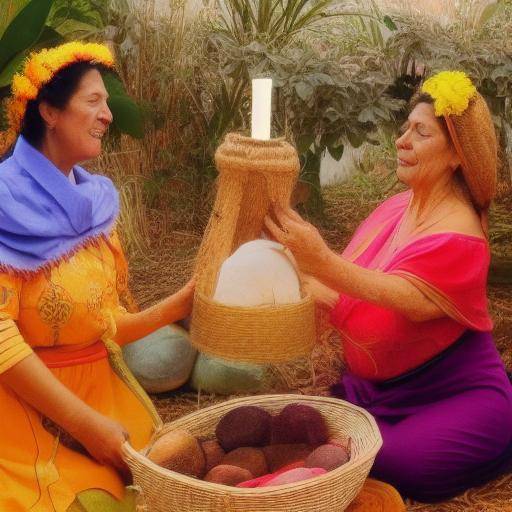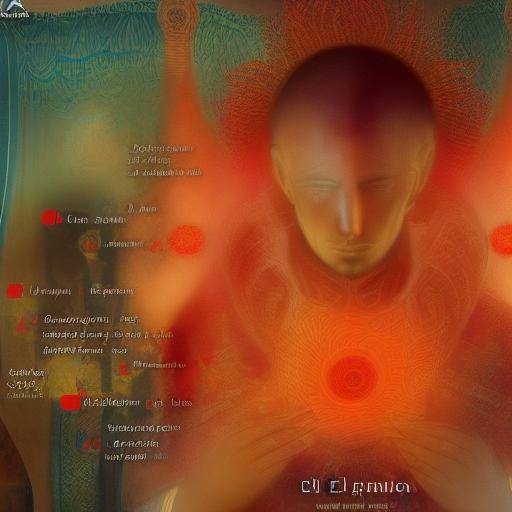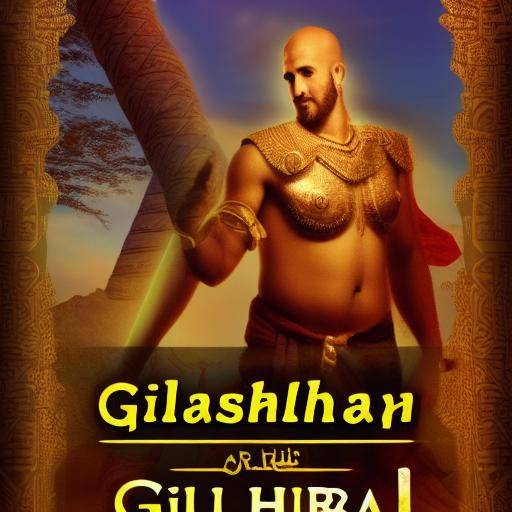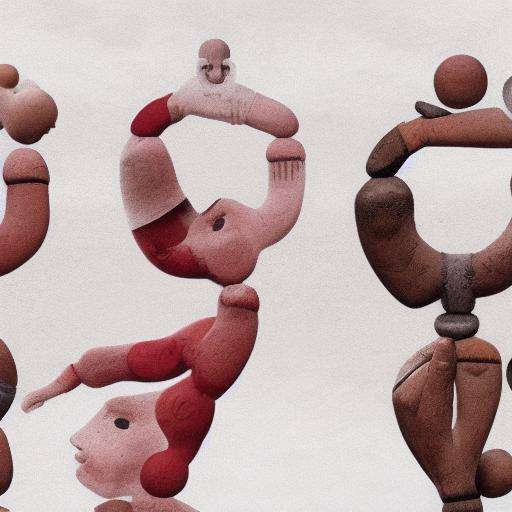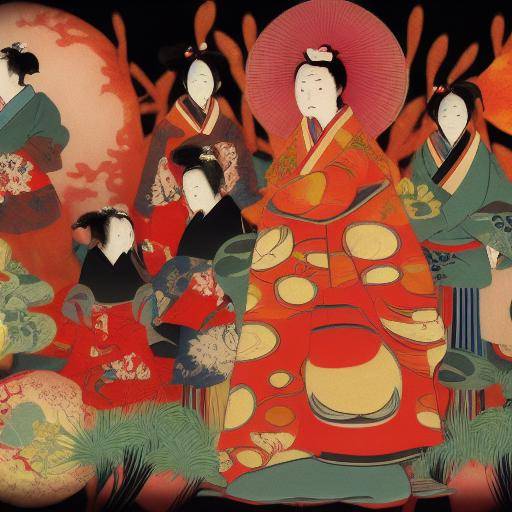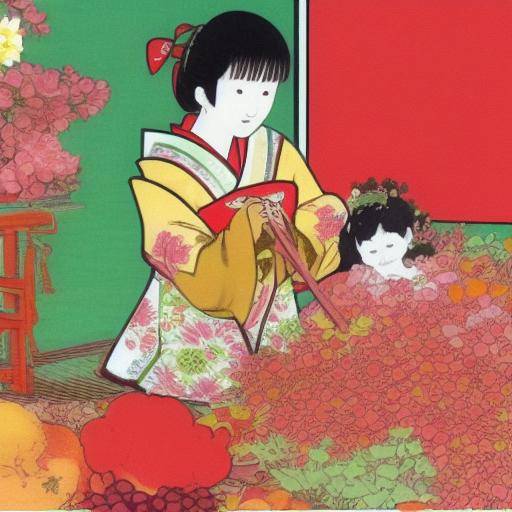
The concept of fertility has been a fundamental part of ancient civilizations, and in particular its presence in Mesopotamian myths reveals the importance given to it by the vital force of nature and its relationship with humanity. In this article, we will explore in depth the role of the spirit of fertility in Mesopotamian myths, revealing its cultural relevance, its impact on the society of the time and its legacy today. Through a thorough analysis, we will discover how these myths continue to influence our understanding of the natural world and our perception of fertility in all its aspects.
History and Background
Mesopotamian tradition is characterized by its rich mythology, and fertility is prominent in this vast fabric of stories and beliefs. From the ancient Sumerians to the Babylonians, fertility was considered a divine gift that influenced the harvest, cattle, family and prosperity of the communities. Mesopotamian myths are full of gods and goddess associated with fertility, such as Inanna, Ishtar, Tammuz and Dumuzid.
One of the best known myths is that of the offspring of Ishtar to the underworld, which symbolizes the cycle of life, death and rebirth, essential elements related to fertility. These stories serve as powerful metaphors that reflect the interconnection between the fertility of the earth, human life and spirituality.
The cult of fertility in Mesopotamia was intrinsically linked to ritual practices, such as the spring festivities that celebrated the awakening of nature after the winter lethargy. These rituals involved dances, chants and offerings to the gods, all designed to ensure divine favor and ensure the fertility of the earth and the prosperity of the community.
Analysis in Deep
Fertility, as understood in Mesopotamian myths, transcended mere procreation and agriculture. While these aspects were vital, fertility was also associated with creativity, abundance and balance in all aspects of life. This holistic approach to fertility reflects a profound understanding of the interdependence between humanity and nature, a notion that remains relevant today.
Fertility, as a divine spirit, was also interpreted as the force behind the cosmic order. Mesopotamian myths describe how the maintenance of fertility ensures harmony in the universe, and how imbalances in this aspect can cause chaos and disasters. This cosmic vision of fertility extends its meaning beyond merely material, suggesting that its essence is rooted in the very structure of the world.
Exhaustive examination
The legacy of Mesopotamian myths regarding fertility persists in numerous contemporary traditions and beliefs. It is remarkable how fertility remains a central theme in many cultures, and the influence of these ancient narratives on our understanding of fertility is undeniable. Its echoes echo in modern celebrations, sustainable agricultural practices and global environmental awareness.
A particularly fascinating aspect is how fertility, through Mesopotamian myths, has transcended cultural and geographical barriers, influencing various artistic, philosophical and spiritual disciplines. These stories have inspired works of art, reflections on the human condition and debates on the ultimate meaning of life and death.
At the same time, it is essential to recognize that fertility, in its broader sense, remains a relevant and often controversial issue in contemporary society. Discussions on family planning, the conservation of natural resources and reproductive rights echo the concerns raised in Mesopotamian myths, which demonstrates the durability and vital importance of these issues over the centuries.
Comparative analysis
When we compare the conceptualization of fertility in Mesopotamian myths with other mythological traditions, we observe surprising similarities. Fertility as a phenomenon that connects the human with the divine, the earth with the sky, is a recurring theme in cultures around the world. This convergence reveals the universality of concern for fertility and underlines its relevance in human condition at all times.
While the specific manifestations of fertility differ in each tradition, its core remains the same: the search for prosperity, balance and continuity in the life cycle of nature and humanity. This fundamental unity reveals fertility as a profound and eternally relevant subject, capable of transcending cultural and temporal divisions.
Practical Tips and Accessible Recommendations
For those interested in further exploring the meaning of fertility in Mesopotamian myths, it is advisable to immerse themselves in the academic literature that addresses this issue. In addition, visiting museums with art collections and mesopotamian artifacts can provide an enriching experience that will allow us to appreciate more the cultural context in which these myths have gained life.
Industry Perspectives and Expert Reviews
Scholars of mythology and ancient history can provide a valuable perspective on Mesopotamian myths and their relevance in the broader context of fertility and spirituality. Their expertise can shed light on how these ancient accounts continue to influence the way we perceive and understand fertility today.
Case Studies and Practical Applications
The analysis of Mesopotamian myths can offer a unique vision of how fertility has been perceived and valued throughout history, which in turn can enrich contemporary discussions about fertility and its cultural, social and ethical implications.
Future Trends and Predictions
As we explore new perspectives on fertility in the light of Mesopotamian myths, discussions about how to integrate these ancestral ideas into the modern discourse on fertility and the care of the earth are likely to emerge. This integration could enrich current approaches to family planning, environmental sustainability and the promotion of responsible agricultural practices.
Conclusions and FAQs
The spirit of fertility in Mesopotamian myths offers a fascinating window into our understanding of fertility as an essential force that has influenced our lives and our conception of the world since time immemorial. As we reflect on these ancient accounts, we are inspired to explore more deeply the connection between fertility, spirituality and life itself.
Frequently asked questions
1. Why was fertility so important in Mesopotamian myths?
Fertility was crucial in Mesopotamian myths because it represented the very basis of life, both in physical and spiritual terms. The prosperity of the land and the community depended largely on fertility, making it a central concern issue in Mesopotamian cosmogony.
2. What is the most relevant mesopotamian myth in relation to fertility?
One of the most significant myths is the descent of Ishtar to the underworld, which symbolizes the cycle of life, death and rebirth, underlining the intimate connection between the fertility of the earth and human experience.
3. How do mesopotamian myths influence our contemporaneous understanding of fertility?
Mesopotamian myths continue to influence our perception of fertility by highlighting its holistic importance, transcending mere procreation to encompass the creativity, balance and interdependence between humanity and nature.
4. What lessons can we learn from Mesopotamian myths in the context of fertility?
These myths teach us the importance of honoring and protecting the fertility of the earth, as well as of recognizing the deep connection between spirituality, nature and human well-being.
5. How do mesopotamian myths relate to fertility with other mythological traditions?
Mesopotamian myths share surprising similarities with other mythological traditions in the way they address fertility as a phenomenon that connects the human to the divine and reflects the search for balance and prosperity.
6. How can we apply the understanding of fertility in Mesopotamian myths in contemporary life?
Understanding fertility in Mesopotamian myths can inspire contemporary attitudes and practices related to family planning, environmental care and the promotion of sustainability.
In conclusion, the spirit of fertility in Mesopotamian myths offers a profound and lasting vision of the interconnection between human life, spirituality and nature. In exploring these ancient accounts, we embark on a journey that transcends time and leads us to reflect on the eternal importance of fertility in every aspect of our lives and of the world we inhabit.

